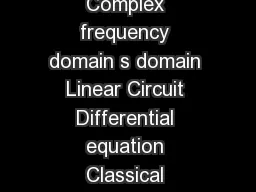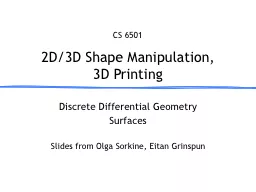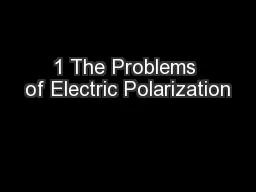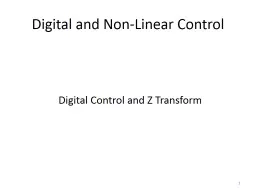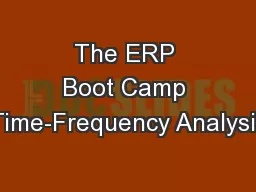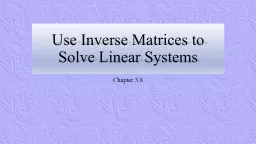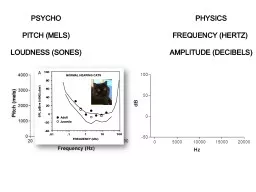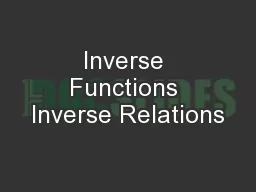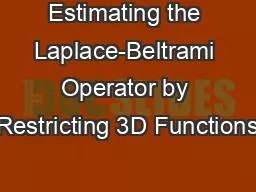PDF-SDomain Analysis sDomain Circuit Analysis Time domain t domain Complex frequency domain
Author : ellena-manuel | Published Date : 2015-01-18
Identify a node voltage at each of the nonreference nodes and a current with every element in the circuit Step 2 Write KCL connection constraints in terms of the
Presentation Embed Code
Download Presentation
Download Presentation The PPT/PDF document "SDomain Analysis sDomain Circuit Analys..." is the property of its rightful owner. Permission is granted to download and print the materials on this website for personal, non-commercial use only, and to display it on your personal computer provided you do not modify the materials and that you retain all copyright notices contained in the materials. By downloading content from our website, you accept the terms of this agreement.
SDomain Analysis sDomain Circuit Analysis Time domain t domain Complex frequency domain: Transcript
Download Rules Of Document
"SDomain Analysis sDomain Circuit Analysis Time domain t domain Complex frequency domain"The content belongs to its owner. You may download and print it for personal use, without modification, and keep all copyright notices. By downloading, you agree to these terms.
Related Documents

